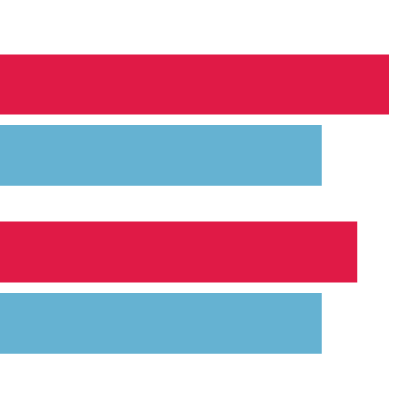Inequalities in persistent poverty
21 December 2022

Key points
- People of black ethnicity are more than twice as likely to be in persistent poverty than white people.
- People who rent their homes are six times more likely to be in persistent poverty than homeowners.
- People in households where at least one adult is not working full time are four times as likely to be in persistent poverty than people in households where all adults work full time.
Persistent poverty is a particularly important issue for our health, because the experience of prolonged periods of poverty has cumulative effects, for example the build up of chronic stress and impact of life events over time. Research on child poverty found that any exposure to poverty in childhood was associated with worse health outcomes, but the effects were more severe for children living in persistent poverty.
The chart looks at the prevalence of persistent poverty for different demographic groups.
The proportion of people living in persistent poverty in different groups varies.
- 24% of households headed by a person of black/African/Caribbean/black British ethnicity live in persistent poverty – more than twice as high as a household headed by a person of white ethnicity (11%). People from ‘other’ ethnic groups have the highest persistent poverty rates at 31%.
- 28% of people living in the social rented sector are in persistent poverty. This reflects lower employment rates for people who rent their homes, and is associated with how social housing is allocated to people with higher needs.
- Around 20% of people who live in households where no working-age adult is working – or where at least one adult is not working – live in persistent poverty, compared with 6% of people living in households where all working-age adults work. This indicates that income from work reduces the risk of being in poverty.
- 12% of people living in a household where someone has a disability are in persistent poverty, compared with 10% of people living in households where no one has a disability. It is important to consider that disabled people tend to have higher costs than people without disabilities. While benefits might technically lift individuals with disabilities above the poverty threshold, this does not account for the additional costs. If those costs had been taken into account, it is likely that the 12% figure would be substantially higher.
One of the reasons for health inequalities is that people in different groups have different exposure to persistent poverty and other adverse experiences. Policy action can reduce health inequalities by reducing exposure to these experiences.
- Persistent poverty is defined as a person living in a household experiencing poverty (a net household income below 60% of the median in that year) for at least 3 of the past 4 years.
- Persistent poverty rates are compared on two measures of income: one is net income taking account of tax and benefit payments (before housing costs); the other also takes account of the cost of housing (after housing costs).
- Income is adjusted for household size to reflect economies of scale. For example, a household of four needs more income for the same standard of living as a household of one, but not four times as much.
- Housing costs are deducted from income, to reflect that people with lower incomes in particular have fewer options for meeting their housing costs, relative to their income.
- Disability is defined as having a long-standing physical or mental impairment, illness or disability.
- Being in work is defined as any working-age adult in the household undertaking paid work.
Source: Department for Work and Pensions, Income Dynamics, 2010 to 2020, Individuals in Persistent Low Income 2019/20







